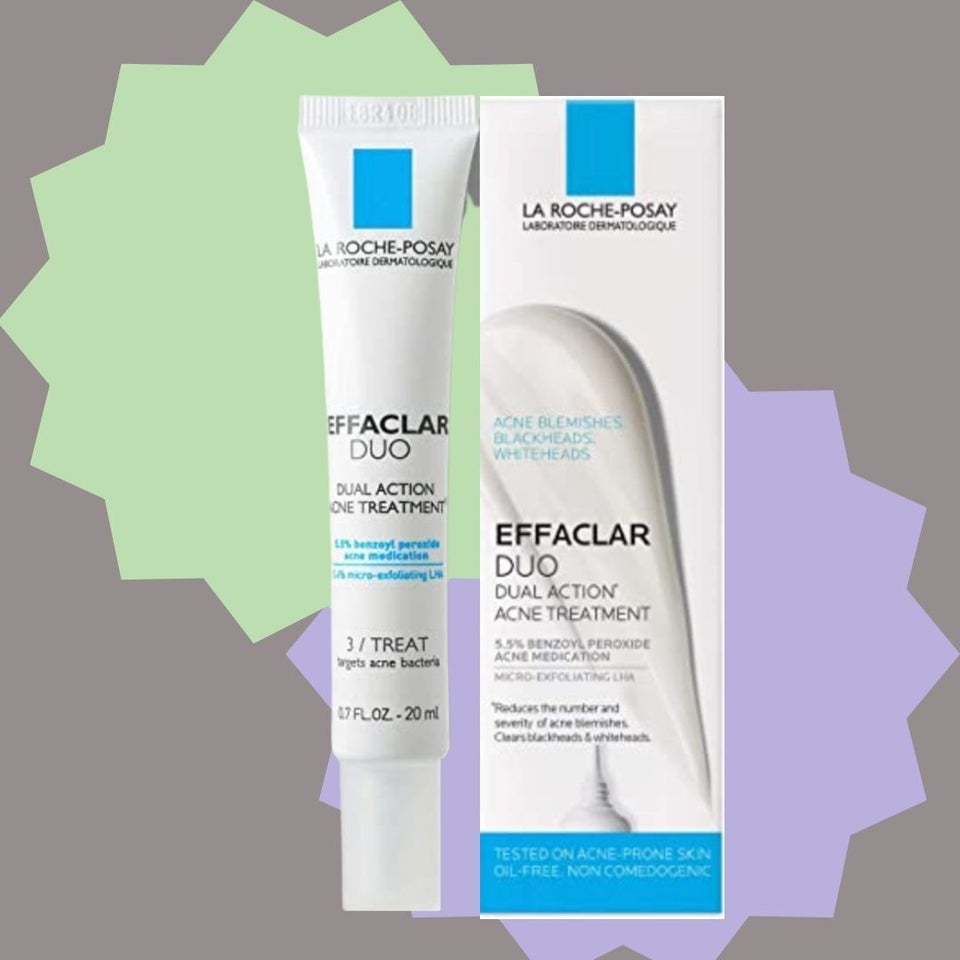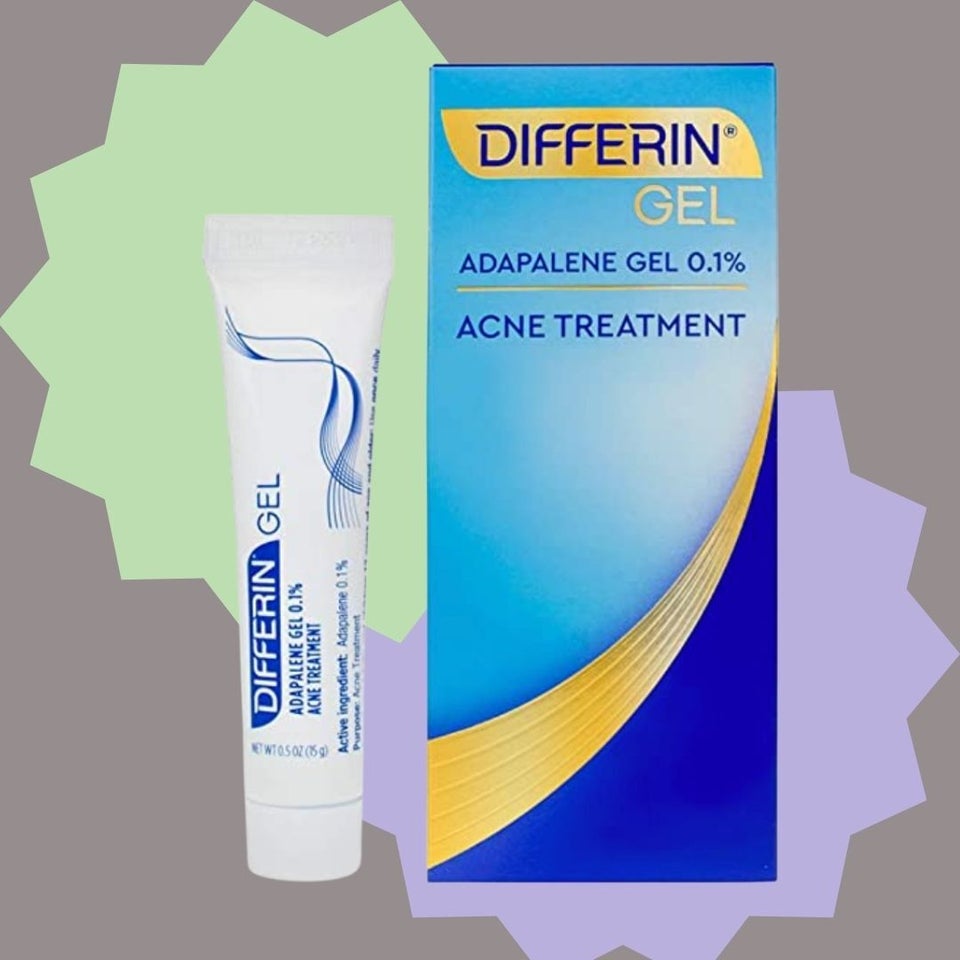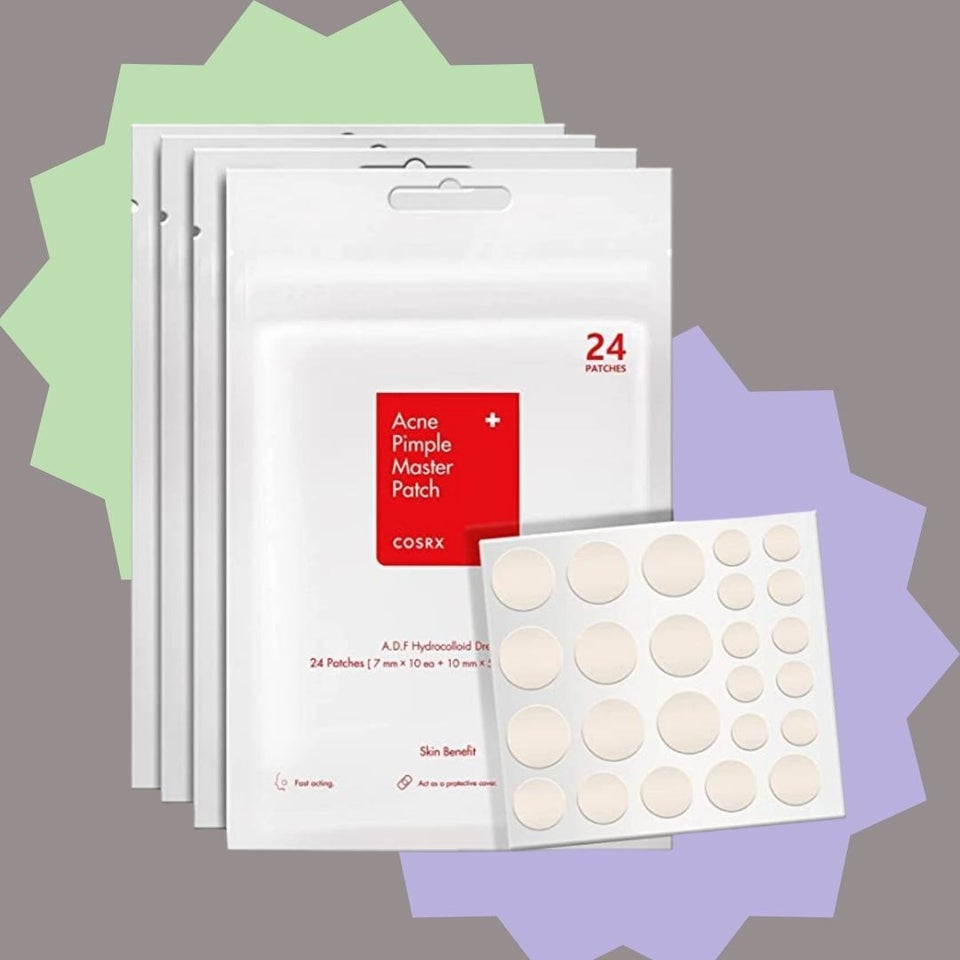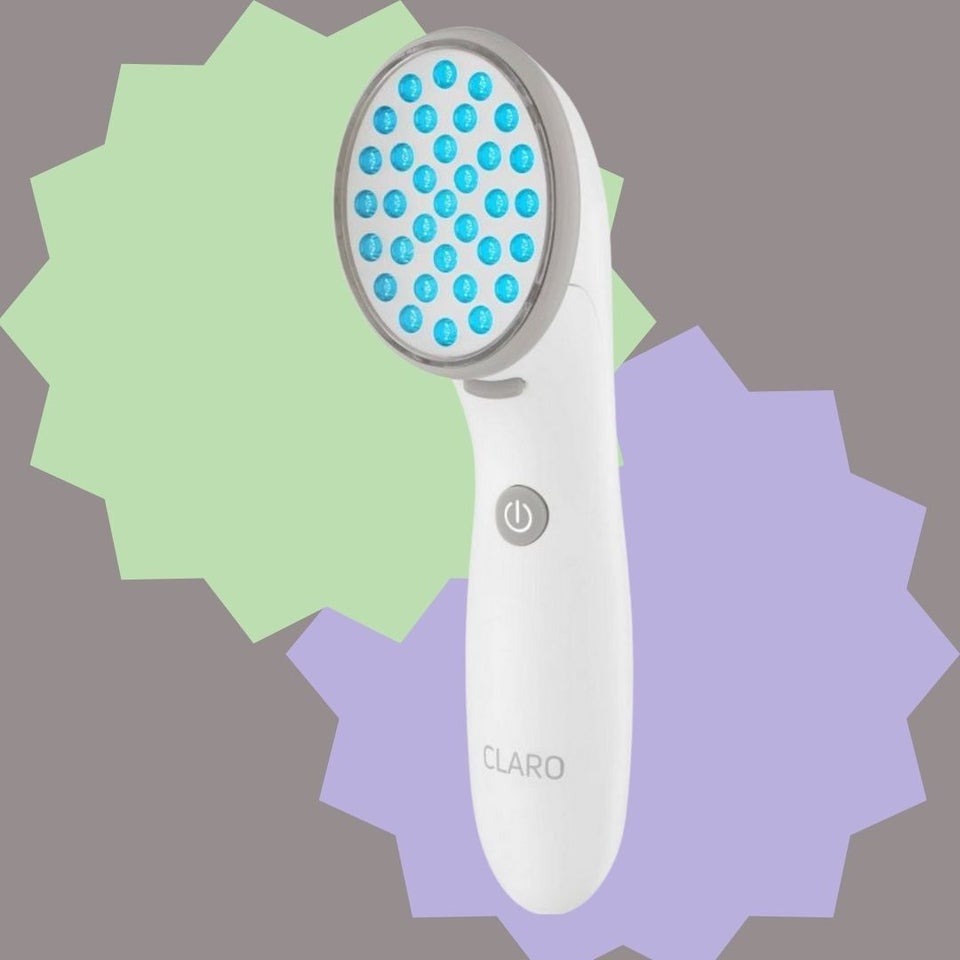
You probably thought your days of getting pimples were behind you once you reached adulthood, but acne is incredibly common for adults, and some of your skin care habits could be causing it or making it worse.
Acne is the most common skin condition in the U.S., according to the American Academy of Dermatology. While about 85% of teens get at least minor acne, it can happen at any age.
“Acne is surprisingly common in adult women,” said Neil Farnsworth, a board-certified dermatologist with Westlake Dermatology in Houston, Texas. About half of women in their 20s are affected by acne, and the number goes up to 35% for women in their 30s. It’s also prevalent for women during menopause.
There are several reasons you might see more breakouts as an adult. While many factors are outside of your control, you might be inadvertently making your blackheads, whiteheads and pimples worse by how you’re caring for your skin. Dermatologists explain what you should and shouldn’t do for your skin if you have acne.
Why do you get acne?
Acne occurs when your pores become clogged with dirt, oil and dead skin cells, which can cause whiteheads, blackheads and other kinds of pimples, according to the Cleveland Clinic.
As adults, acne breakouts are often triggered by fluctuating hormone levels, according to the AAD. Women tend to see their hormones shift around their periods, after taking (or stopping taking) birth control pills and during pregnancy, peri-menopause or menopause.
Stress, a family history of acne, certain medications and some skin and hair products can also cause acne.
What can make acne worse?
If you’re dealing with acne and can’t seem to get rid of it, dermatologists say your skin care routine could be to blame. Here are some habits to break:
1. Your products are too oily.
One of the most common acne contributors is using skin care products that are “too heavy and rich,” said David Kim, a board-certified dermatologist at Idriss Dermatology in New York City.
Hair care, skin care, and makeup products with a “high comedogenic index,” meaning they’ll likely clog your pores, can cause or worsen acne, Farnsworth said. This includes items containing ingredients, like shea butter, cocoa butter, petrolatum or mineral oil, which can clog pores.
Choosing oil-free products or ones labeled as “non-comedogenic” will minimize breakouts, Farnsworth said.
2. You’re not showering after working out.
Getting excessively sweaty can cause oil, dirt and bacteria to build up on your skin, and that might trigger acne. Farnsworth said showering after a sweaty workout can minimize the effect.
3. You’re using a harsh scrub.
It may be tempting to scrub your skin when you have acne, but Kim said it can actually cause more irritation. “Scrubs are harsh on the skin, and no one really needs a facial scrub because gentle facial cleansers are sufficient,” he adds. If you do want to use a scrub, he recommends a mild one, such as Tatcha’s The Rice Polish, but only use it about once a week.
4. You’re not taking off your makeup.
Sleeping in your makeup or wearing it during a sweaty workout can trigger an acne breakout, as cosmetics can clog your pores, according to the AAD. Be sure to wash your face before going to sleep or use oil-free makeup remover wipes to lower your risk for breakouts.
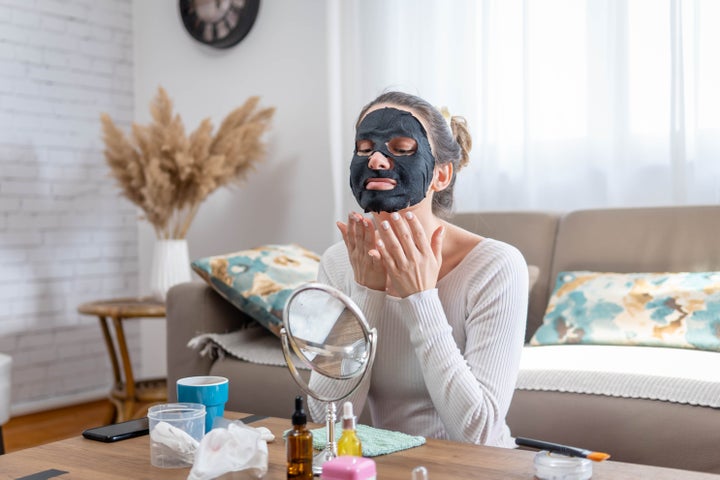
5. You’re using too many skin care products.
Browsing Sephora or following advice from skin care TikTokkers might inspire you to stock up on lots of different products. But layering on these items can break out your skin, Kim said.
“People have more disposable income in their 30s and 40s and tend to buy more skin care products they’ve seen in ads,” he said. “As a result, their skin can get irritated from using too many different types of products.”
A basic skin care routine only needs three items: a gentle cleanser, a noncomedogenic moisturizer and sunscreen.
6. You change your skin care routine too often.
It’s tempting to try the latest trendy skin care items, but switching things up too often also might irritate your skin. Kim said it could take a couple of months for your skin to respond to products, especially if you’re using acne treatments.
Even when you start an acne-fighting skin care routine, you might see a breakout, but it should resolve in a week or two, Farnsworth said. “Clogs are freed, and the materials trapped beneath are finally extruded from the skin.”
You can typically treat acne at home.
You can usually treat mild acne at home using over-the-counter products. Here’s how:
- Benzoyl peroxide. The AAD recommends using a benzoyl peroxide face wash to minimize bacteria on the skin.
- Adapalene. This over-the-counter retinoid used to be a prescription-only cream, Kim said. It helps with oil regulation and acne scarring. He suggested using adapalene 0.1% gel one to three times a week.
- Salicylic acid. This substance helps flush out the oil, dirt and dead skin cells that clog pores, Farnsworth said. You can use a salicylic acid cleanser or serum.
Know when to see a dermatologist.
If you’ve tried acne products at home for about two months with no improvement, see a dermatologist, especially if you notice scarring. Depending on what’s causing your acne, Farnsworth said doctors could prescribe oral or topical antibiotics, oral or topical retinoids, or hormone-effect modifying agents to help control acne.
Laser treatments to reduce redness and scarring are also available, Kim said. “There is a lot we can do that you can’t achieve with at-home devices or skincare products alone.”
Dermatologists can also guide you on a proper skin care routine to prevent acne, Kim said. “Acne is not all about treatment, but actually all about prevention. You want to get ahead of it so you can treat and prevent acne.”
Looking for some acne-clearing products? Check out these top picks below.
HuffPost and its publishing partners may receive a commission from some purchases made via links on this page. Every item is independently curated by the HuffPost Shopping team. Prices and availability are subject to change.
He recommended the ZitSticka Killa Kit because of the acne sticker's ability to not only help address already developed superficial zits, but also access up-and-coming ones.
"[These patches] feature salicylic acid and enhance product penetration through a micro dart system. The product is less drying than most because it includes hyaluronic acid," Amin said. They also contain niacinamide, which can help reduce redness and soothe inflammation.
Camp explained that adapalene, formerly available by prescription only, is a retinoid and works by helping to regulate the process of cellular turnover in the skin, which ultimately helps to control the formation of whiteheads and blackheads.
He added that these patches are a good choice to disguise a pimple because they are ultra-thin, translucent, come in varying sizes and can be worn under makeup, making them difficult to see.
"Light therapy sticks use blue and red LED lights to treat acne. Blue light has antibacterial properties and red light may act as an anti-inflammatory," Camp told HuffPost.
This USB rechargeable light therapy system by Spa Sciences Claro comes with both a red and blue light treatment head and is one of the more affordable light therapy systems on the market. It's suitable for sensitive skin, can possibly reduce the appearance of both acne and acne scars and improves skin clarity while also preventing the formation of new pimples. It also has a built-in timer so you know just how long to use it for.
